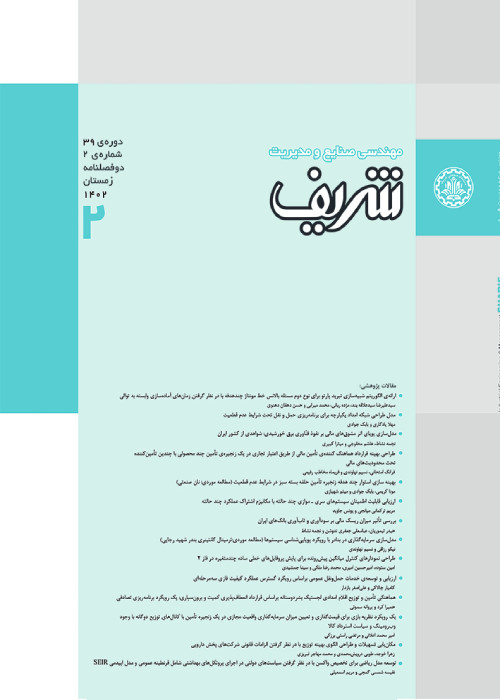I M P R O V E M E N T O F A R T I F I C I A L N E U R A L N E T W O R K P E R F O R M A N C E U S I N G F U Z Z Y L O G I C F O R E X C H A N G E R A T E F O R E C A S T I N G
Author(s):
Abstract:
Time series forecasting is an active research area that has drawn considerable attention for applications in a variety of areas. With the time series approach to forecasting, historical observations of the same variable are analyzed to develop a model describing the underlying relationship. Then, the established model is used in order to extrapolate the time series into the future. Improving forecasting, especially accurate time series forecasting, is an important yet often dicult task facing decision makers in many areas. Computational intelligence approaches, such as arti
cial neural networks (ANNs) and fuzzy logic, have gradually established themselves as popular tools for forecasting complicated
nancial markets. Fuzzy is one of the most important soft computing tools, which can provide a powerful framework in order to cope with vague or ambiguous problems, and can express linguistic values and human subjective judgments of natural language. Arti
cial neural networks are exible computing frameworks and universal approximators that can be applied to a wide range of forecasting problems with a high degree of accuracy. The major advantage of neural networks is their exible nonlinear modeling capability. With ANNs, there is no need to specify a particular model form. Rather, the model is adaptively formed based on the features presented in the data. This datadriven approach is suitable for many empirical data sets, where no theoretical guidance is available to suggest an appropriate data generating process. Despite the advantages cited for them, ANNs have weaknesses, one of the most important of which is their requirement of large amounts of data in order to yield accurate results. Both theoretical and empirical
ndings have indicated that integration of di
erent models can be an e
ective way of improving upon their predictive performance and also overcoming the limitations of single models, especially when the models in combination are quite di
erent. In this paper, a new hybrid model of arti
cial neural networks is proposed based on the basic concepts of fuzzy logic, in order to overcome the data restriction of neural networks and yield more accurate results than traditional ANNs in situations of short time spans. In the proposed model, instead of using crisp parameters in each layer, fuzzy parameters in the form of triangular fuzzy numbers are applied for related parameters of these layers. In this way, the proposed model can search the feasible spaces easily and more eciently for
nding the optimum values of parameters. The empirical results of exchange rate forecasting indicate that the hybrid model is more satisfactory than its components, i.e, arti
cial neural networks and fuzzy regression models.
Keywords:
Language:
Persian
Published:
Industrial Engineering & Management Sharif, Volume:29 Issue: 2, 2014
Pages:
63 to 71
magiran.com/p1253380
دانلود و مطالعه متن این مقاله با یکی از روشهای زیر امکان پذیر است:
اشتراک شخصی
با عضویت و پرداخت آنلاین حق اشتراک یکساله به مبلغ 1,390,000ريال میتوانید 70 عنوان مطلب دانلود کنید!
اشتراک سازمانی
به کتابخانه دانشگاه یا محل کار خود پیشنهاد کنید تا اشتراک سازمانی این پایگاه را برای دسترسی نامحدود همه کاربران به متن مطالب تهیه نمایند!
توجه!
- حق عضویت دریافتی صرف حمایت از نشریات عضو و نگهداری، تکمیل و توسعه مگیران میشود.
- پرداخت حق اشتراک و دانلود مقالات اجازه بازنشر آن در سایر رسانههای چاپی و دیجیتال را به کاربر نمیدهد.
In order to view content subscription is required
Personal subscription
Subscribe magiran.com for 70 € euros via PayPal and download 70 articles during a year.
Organization subscription
Please contact us to subscribe your university or library for unlimited access!


